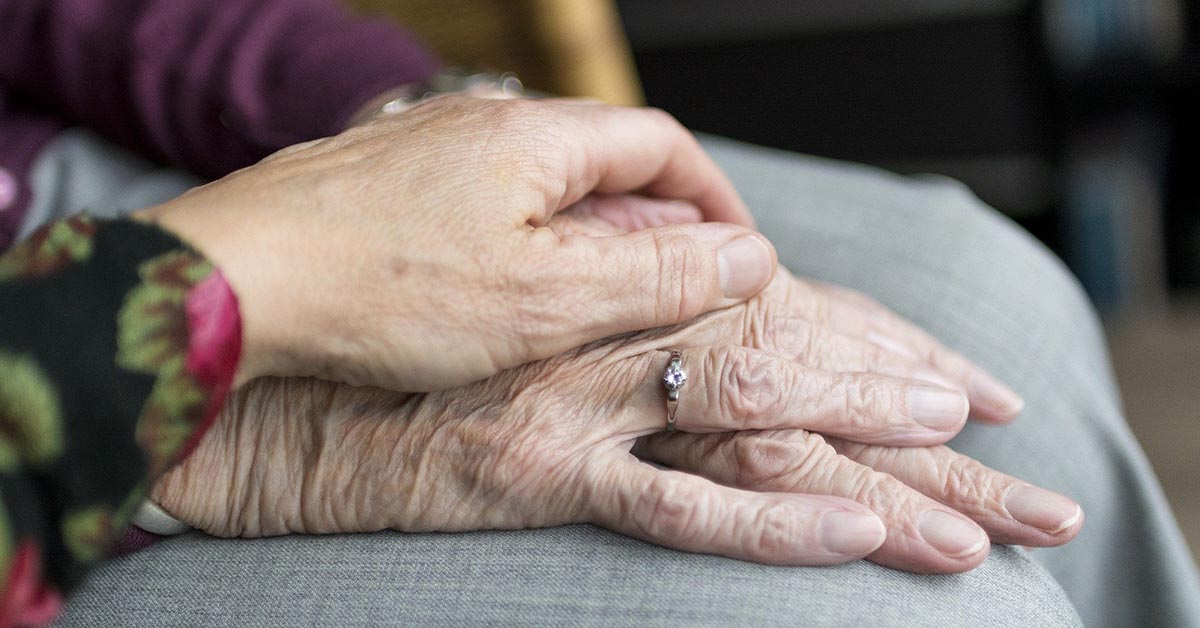Senior living homes saw a steady occupancy decline in 2020. To compensate, facilities have had to find ways to cut costs, without sacrificing the quality of life standards for their tenants. As census numbers continue to decline in 2021, facilities are being forced to tighten their purse strings even further—and we can help. Through this blog, we’ll explain how Combined Heat and Power (CHP) can provide cost-savings during periods of low occupancy at senior living homes.
What’s Behind the Declining Occupancy?
Senior living facilities, including both independent and assisted living communities, fell to an all-time low occupancy in the final quarter of 2020. According to the National Investment Center for Seniors Housing & Care (NIC), occupancy currently sits at 80.7% and the surge in COVID-19 cases following the holidays could impact that number even more in the coming months. That means more than 20% of individual senior living facilities could be unoccupied in the near future.
CHP Offers a Money Saving Solution
Many senior living facilities are forced to make personnel decisions while trying not to cut back on the quality of care. There may be a better way: another avenue that facilities can consider is how to trim their energy costs—and that’s where CHP comes in. CHP is 55% more efficient that traditional power plants and help facilities realize a 3–5 year return on investment.
Many facilities are already reaping the benefits: the Smithfield Gardens Assisted Living complex in Seymour, CT reached out to us to see how much money they could save by employing a CHP system in their facility. After conducting a free energy analysis, we determined we could help them save 22% on their annual energy costs—they agreed that this would make a significant impact on their bottom line and decided to move forward with the system installation.
Dalkia Aegis Shared Savings Program Can Help
If you are worried about the upfront costs associated with making the switch, there are several ways we can help. In Massachusetts and Connecticut, CHP projects are eligible for grant incentives through multiple utility companies.
In addition, we also offer our own Dalkia Aegis Shared Savings Program. Through the agreement, Dalkia Aegis designs, installs, owns, maintains, fuels and operates the system at no upfront cost to your facility. The produced cogenerated electricity is provided to the site at a discount from prevailing electrical rates while heat is provided at a standard cost. What’s more, at any time, you have the option to purchase the CHP equipment at a decreasing cost.
Future of Senior Living and the "2030 Problem"
There is a shift coming. The occupancy numbers aren’t supposed to remain low forever. There is a future surge known as the 2030 problem—the time when the majority of the expansive baby boomer generation will need some form of care. This growth will cause an economic burden and increase occupancy numbers beyond current sustainability, but that doesn’t change the fact that senior living facilities can thrive on the cost-efficiency offered by our CHP systems. Our energy efficient equipment can save your facility money no matter your occupancy.
If you’re ready to make the change to energy efficiency, just contact us for a free energy assessment or to begin the application process.

 Using CHP to Lower Costs Amid Low Occupancy at Senior Living Homes" />
Using CHP to Lower Costs Amid Low Occupancy at Senior Living Homes" /> 